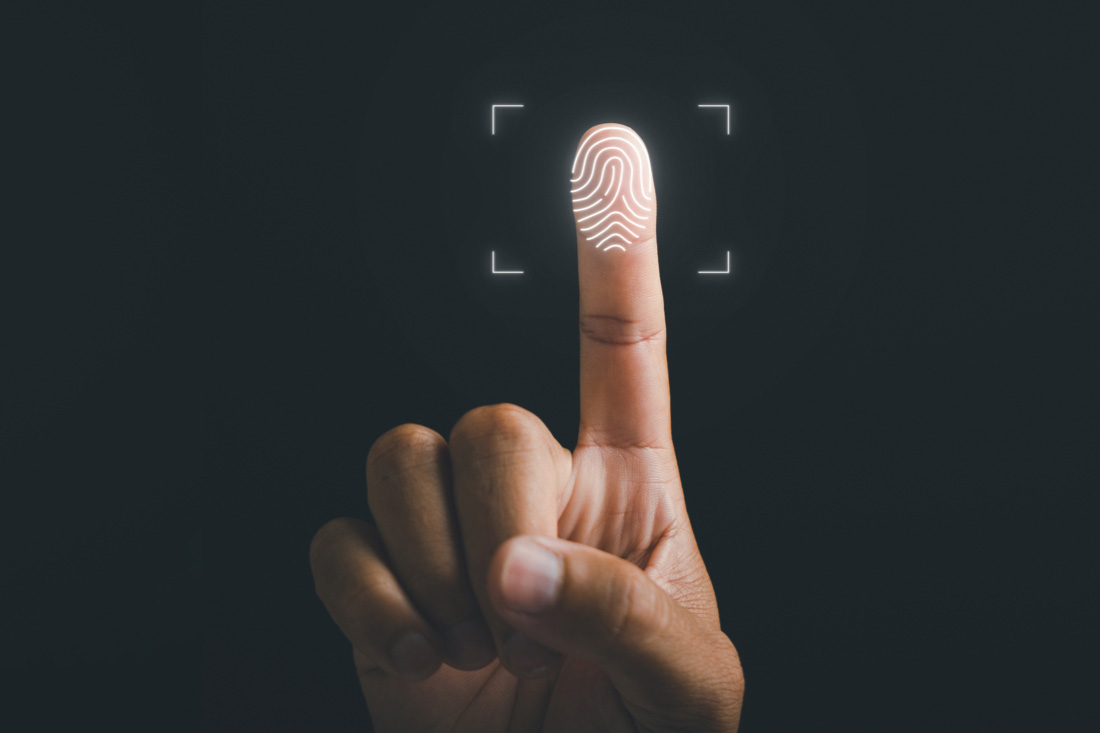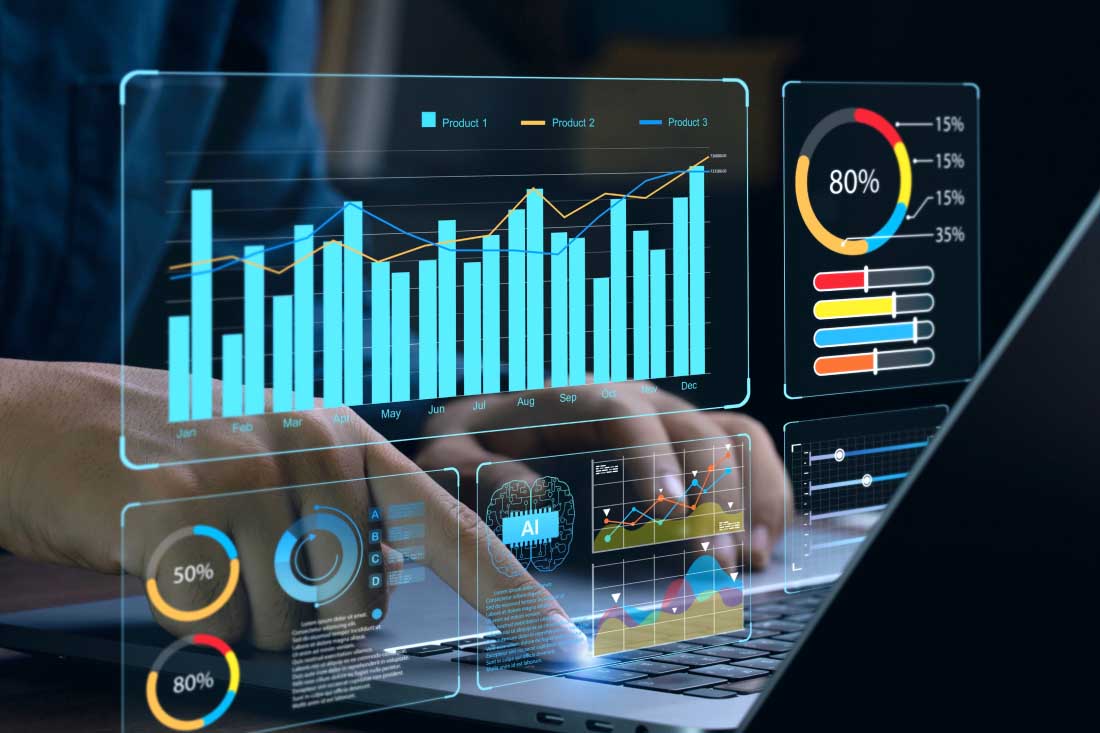Malware. Ransomware. Spear phishing. Insider threats. The opportunities for hackers or disgruntled employees to access company data are countless, and no business is immune. But while many IT security teams monitor network activity, the threats don’t end there.
To ensure your organization is covering all bases, employee monitoring is a must. This low-cost method adds an extra layer of protection against potentially dangerous data misuse. Keep reading to learn how employee monitoring and data protection go hand in hand, plus four ways to do it right.
What is employee monitoring?
Employee monitoring involves the use of software to monitor productivity, prevent data breaches and track trends across people, processes and technology. Organizations use it to boost performance, improve wellbeing and to identify cost savings in areas like unused office space and SaaS apps. It often accompanies, and sometimes replaces, traditional surveys for more accurate insights based on employee data.
What is data protection and why is it important?
Data protection refers to the steps your business takes to secure company, customer and employee data. It encompasses all the practices, processes and policies you use to prevent unauthorized access and misuse.
Generally speaking, the more robust your data protection, the better. Three in four U.S. companies are at risk of a cyberattack. If you get hit, the cost is high — and not just financially. While the average data breach costs $4.45 million, the long-term damage to your reputation and customer relationships can be even greater. And if you fail to abide by the latest data protection laws, the penalties, fines and potential for lawsuits are severe.
Thankfully, there is good news.
While data breach techniques are more sophisticated than ever, so are the tools to prevent them. But you have to stay ahead of the game. While most organizations use standard measures like single sign-on and encryption to keep data secure, many miss lesser known (but equally important) tools like employee monitoring software.
4 ways to support data protection with employee monitoring
Whether you fall victim to an attack or your proprietary data ends up in the wrong hands, the consequences are extremely costly. This is why it’s so critical to know how employees handle your sensitive information.
Employee monitoring provides visibility into how your data is handled from day-to-day, making it easier to spot suspicious activities when they arise. Whether you’re just getting started or want to expand your coverage, here are four ways to protect data using employee monitoring.
1. Create security alarms for risky actions
Not all threats are malicious. In fact, nearly 70% of data breaches are caused when someone falls for a social engineering attack or makes an error. The sooner you know about these issues, the faster you can respond. Employee monitoring software alerts you to risky activity in real time, allowing you to act immediately and stop potential breaches.
For example, a solution like ActivTrak allows you to create custom alarms triggered by a wide range of suspicious activities. You’ll know when someone tries to cheat your system, engages in unauthorized file sharing or attempts to access blocked domains. You can even customize alerts to see when specific company policies aren’t being followed.
2. Customize access to resources
The average U.S. employee manages close to 200 accounts and enters 12 passwords a day. Which begs the question: Why? Most people rely on two or three tools for work. Giving them access to dozens more creates unnecessary risk, especially when SaaS apps and cloud storage are the most targeted areas for attacks. But before you remove permissions, it’s important to understand which tools people need to stay productive.
Employee monitoring software allows you to see which apps and sites employees actually use — and which ones they don’t. This SaaS application visibility makes it easy to place restrictions where needed, without limiting access to the tools that truly support productivity.
3. Secure work environments by location
While hybrid work offers numerous benefits, security remains a big challenge. After all, it’s easier to secure data when someone’s working on your network in the office. But sign on from a coffee shop, and the risks increase exponentially — and not just because of public WiFi. From overheard conversations to glimpses of sensitive information on screens, the potential for breaches is around every corner.
You could place stringent restrictions on every device, regardless of location. But then your helpdesk would burn out from addressing nonstop access issues. Instead, use location insights to understand where employees work. This allows you to suggest and support more secure workspaces as needed.
4. Spot unusual activity trends
Not all data breaches start big or involve outsiders. Small-scale activity can be just as damaging, but is often difficult to detect. For example, consider the employee who shares a blank template with their personal email — presumably to work on a project outside normal working hours. While some systems may flag this activity, many won’t consider it a risk since the template doesn’t technically house sensitive information. However, the template itself could be considered a proprietary asset, and sharing several templates could indicate a bigger issue.
Employee monitoring software alerts you to this type of unusual activity, which otherwise flies under the radar. In this example, you’d know when someone is sharing multiple documents with a personal email or unauthorized contact so you can investigate further and find out if your proprietary information is being leaked or misused.
Important considerations for effective employee monitoring
Whether you monitor employees to increase security or support productivity, be sure to factor in several important considerations.
First, understand you must have a lawful basis for monitoring. In general, employee monitoring software is legal in the U.S. as long as you have a legitimate business purpose for using it. But you need to follow any legal requirements that apply to your jurisdiction and industry. And if you have employees in Europe, the General Data Protection Regulation (GDPR) requires you to monitor access to sensitive information and have policies in place to protect it.
Second, take steps to protect employees’ personal data — and to respect their privacy. This means ensuring any data collected is used specifically to support productivity and boost security. Monitoring remote work locations is OK — keylogging and video surveillance is not.
And finally, inform staff of your monitoring policies and practices. You don’t want valuable employees to get the impression you’re spying on them or don’t care about their wellbeing. Instead, be candid about how collecting real-time activity data allows you to prevent breaches and keep sensitive data secure.
Protect company data with ActivTrak’s employee monitoring software
Employee monitoring is indispensable for protecting company data — and ActivTrak makes it easy. Our employee monitoring software strikes the right balance between company security and employee privacy, allowing you to protect data and build trust.
Don’t wait for security risks to find you — stay proactive with ActivTrak. Request a demo to get started and protect your business from every angle.





